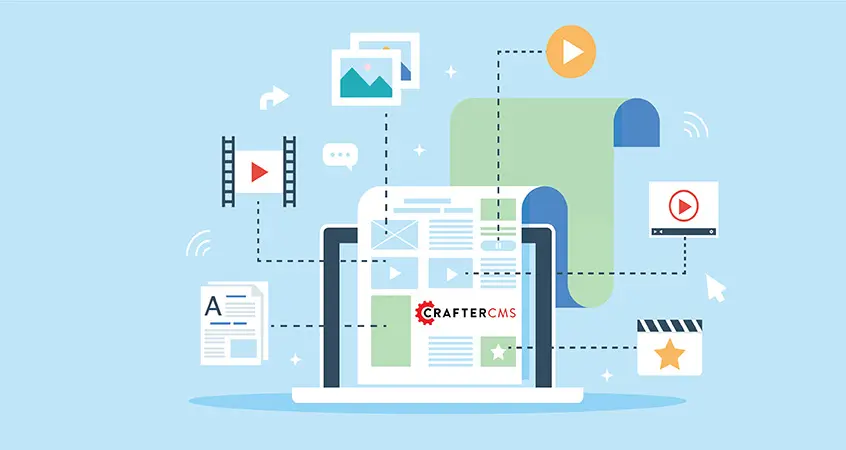The Best Developer Experience: A Technology Agnostic CMS

Mike Vertal

One of the biggest pet peeves for a software developer is being forced to use legacy technologies that were dictated by prior decisions from another era. Unfortunately, this happens all the time when developers need to use certain frameworks to build front-end apps that are dictated by a traditional CMS. Luckily, there’s a solution to this problem: headless content management.
The Problem With Most CMSs
While a headless CMS is a great step forward in supporting a variety of digital channels, there are still limitations imposed by most solutions on the market. That’s because many CMSs claim they’re ideal for omnichannel marketing, yet they strongly encourage the use of specific technologies.
Just look at GraphCMS — a headless CMS with GraphQL APIs. While GraphQL can be an excellent choice when building new frontends, we’ve also spoken of situations when GraphQL isn’t ideal. Why choose a CMS that limits you to GraphQL when there are plenty of other CMSs that offer not only GraphQL but also REST, in-process, and other options out of the box? It’s not a good investment long term.
Then consider headless CMSs that strongly encourage specific frontend frameworks. While React, Angular, and Vue are popular today, there’s no telling whether they’ll still be popular several years from now. Struts and other MVC frameworks were popular in the past, but security vulnerabilities have pushed organizations to look for alternatives. It’s the same story with Drupal as well with its LAMP stack. Front-end technologies come in and out of popularity rapidly, and it’s hard to predict the future. Choosing a CMS based on a specific framework, therefore, is a very risky move.
In the software development world, solutions that dictate how they’re supposed to be used are considered opinionated. And in general, software developers prefer tools, frameworks, and software that are un-opinionated, as that means they have more freedom to get the job done. Restricting developers is an easy way to hinder the developer experience and make a negative impact on collaboration between tech and marketing teams.
Choosing a Technology Agnostic CMS
While many CMS solutions tout their flexibility, the best software for a superior developer experience is technology-agnostic. And there are a number of factors to consider when choosing a CMS that’s completely un-opinionated and technology agnostic.
Open Source
With an open source CMS, developers will have the flexibility to modify the code to fit whichever use case they choose. That means the CMS won’t dictate the technologies a developer should use, and in fact, is built with the intention for companies to tailor the platform to meet their needs. Developers enjoy working with well-run open source projects over locked-down proprietary technologies.
API-First
APIs, by their very nature, are language-agnostic, which means they can generally integrate with nearly any device or frontend that supports APIs. There’s a distinction between API-first and headless because many traditional CMS solutions have added REST APIs and called themselves headless, but these platforms still strongly encourage their users to utilize their templates and opinionated tooling. A truly API-first CMS, therefore, gives developers the freedom they need to use the best tools to build frontends.
The Flexibility of Crafter
Can a headless CMS really be omnichannel if it encourages specific technologies, or worse even dictates their use? We’re not so sure. That’s why CrafterCMS is built to be completely front-end agnostic.
CrafterCMS is an open source, API-first CMS that offers support for REST, GraphQL, React, Angular, Vue, NodeJS, Groovy, Java, and more. If new technologies gain traction, Crafter ensures the software can support it as well. The CMS shouldn’t be a factor when developers choose which frontend or server-side technologies to use, and CrafterCMS has stayed true to this notion from the start. Instead of dictating the technologies used, the CMS should be completely framework-agnostic and empower developers to utilize the best tools for the task. That’s how the platform guarantees its users remain future-proof.
Related Posts

Websites Are Dead?

Mike Vertal

No-Code Experience Building for Marketers & Designers

Amanda Lee

Is Your CMS MACH-Ready? A Practical Guide for Enterprise Architects

Sara Williams

Composable DXP vs Traditional DXP: Why Enterprises Choose CrafterCMS

Amanda Jones










